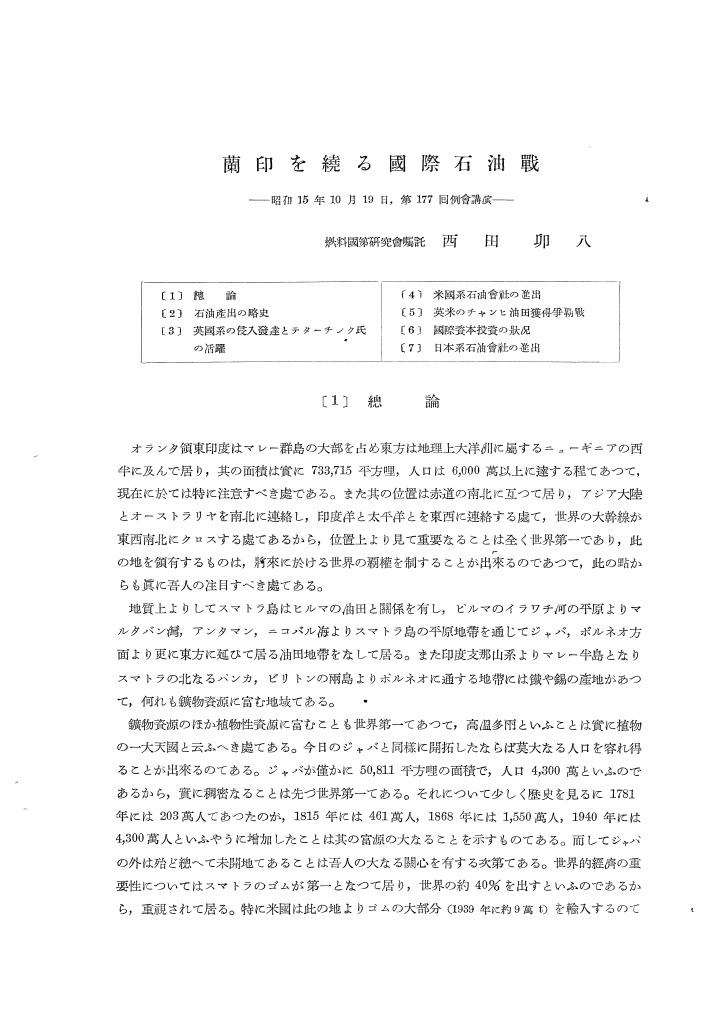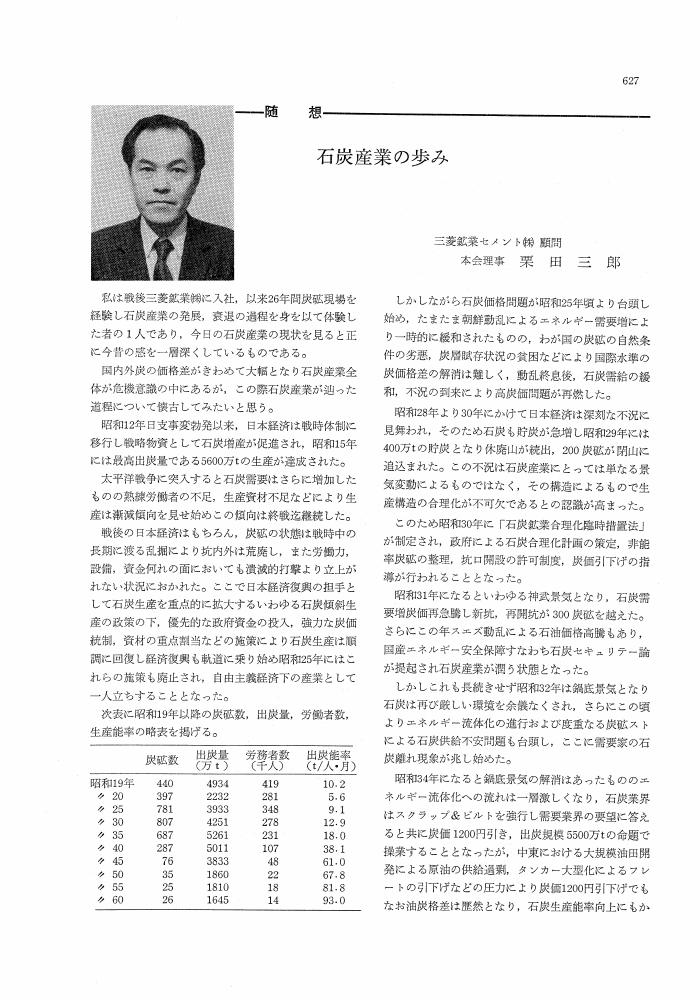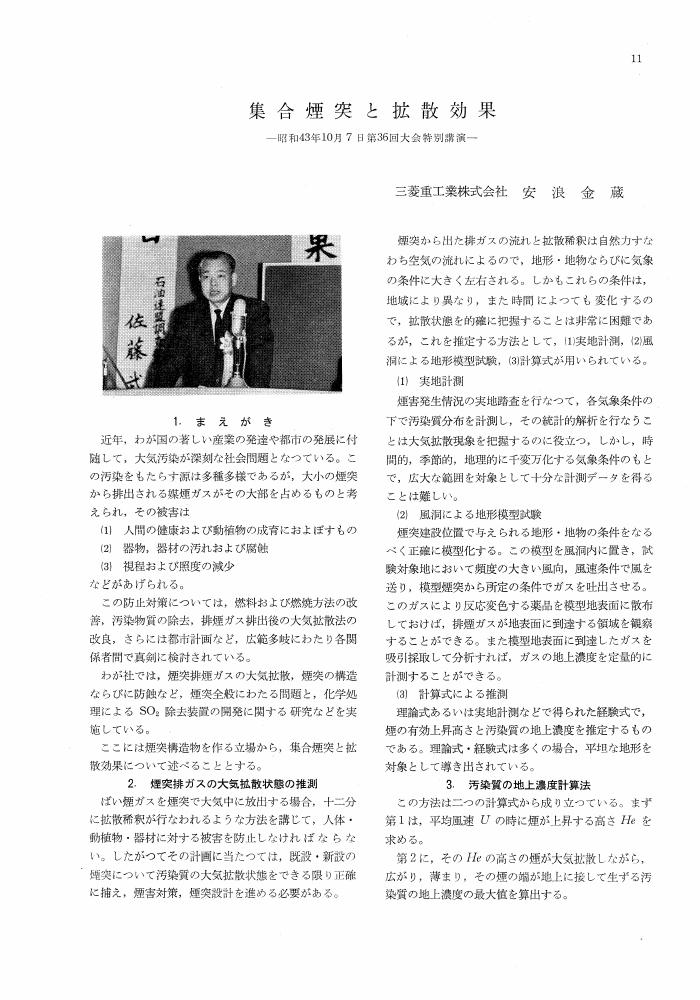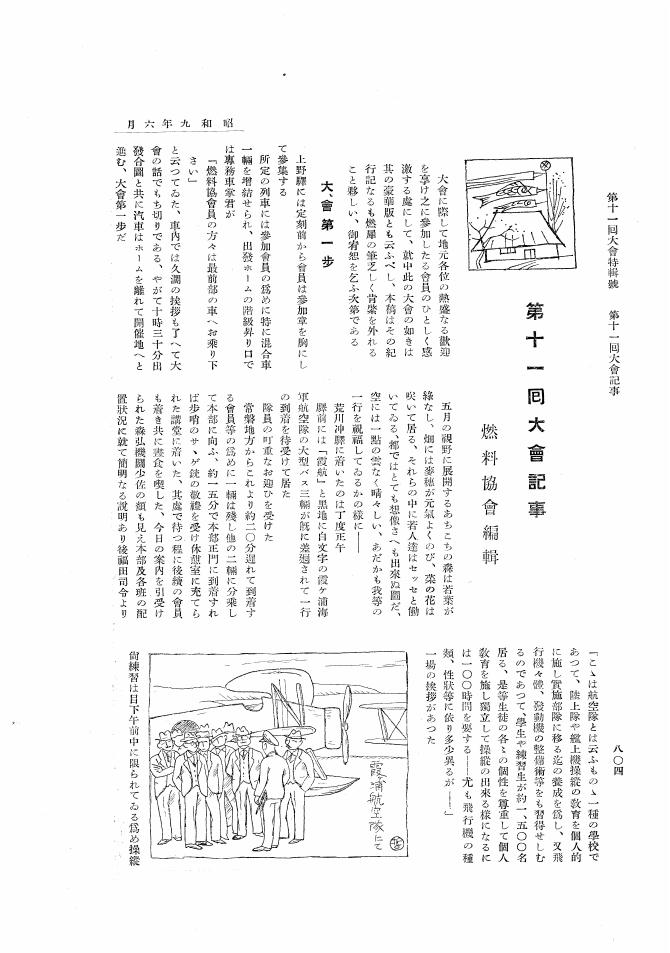2 0 0 0 木質系廃棄物のガス化とガス化発電の検討
- 著者
- 三浦 正勝 新川 一彦 鈴木 智 NIST メンバーズ
- 出版者
- THE JAPAN INSTITUTE OF ENERGY
- 雑誌
- 燃料協会誌 (ISSN:03693775)
- 巻号頁・発行日
- vol.68, no.9, pp.823-830, 1989
- 被引用文献数
- 1
The gasification studies on the selected cellulosic wastes (Saw dust, Coir dust, Copra meal and Cassava bagasse) by fluidized bed method were investigated to determine the ideal conditions and variables suitable for generating power.<BR>Experimental runs on the steam and air gasification were carried out using bench scale gasification apparatus.<BR>The results on the steam gasification showed that at varying bed temperature ranging from 750 to 900°C, gas product with high H2 and CO content (more than 70%) having high heating value (2, 500-3, 700 kcal) were obtained.<BR>The ranges of heating values of the produced gas obtained from air gasification at appropriate operating condition were 1, 000-1, 350 kcal for saw dust, 1, 170-1, 300Kcal for coir dust, 1, 200-1, 700Kcal for cassava bagasse, and 1, 350-4, 800 kcal for copra meal.<BR>Preliminary test run of the gas engine was done by charging LPG mixed with air to determine the minimum practical heating value for smooth operation. Results of the test run showed that 1, 200 kcal was minimum heating value with gas pressure of about 1, 200 mmH2O to maintain the smooth operation.<BR>Based on the data from the preliminary test, the gas fuel products generated from saw dust were tested on the gas engine.<BR>Results showed that low calorie gas products with heating value as low as 1, 300 kcal can be utilized to run a gas engine for generation of electric power.
2 0 0 0 地下核爆発を利用した燃料資源の開発計画
- 著者
- 山崎 豊彦
- 出版者
- THE JAPAN INSTITUTE OF ENERGY
- 雑誌
- 燃料協会誌 (ISSN:03693775)
- 巻号頁・発行日
- vol.47, no.4, pp.265-271, 1968
In this paper it was introduced to peacefully utilize underground atomic nuclear explosions which had been started in New Mexico, 1967. Now, the five projects have been developed in U. S. A. However, those projections are highly speculative and open to serious questions for practice.<BR>World Oil informed to discuss the such speculations and questions.<BR>Journal of Petroleum and Quarterly of Colorado School of Mines had reported about recovering oil from nuclear chimney retort and current Coal Age published a Thunderbird Project which was a nuclear trigger for coal gasification.
1 0 0 0 OA 蘭印を繞る國際石油戦 昭和玉5年10月19日, 第177同例會講演
- 著者
- 西田 卯八
- 出版者
- 一般社団法人 日本エネルギー学会
- 雑誌
- 燃料協会誌 (ISSN:03693775)
- 巻号頁・発行日
- vol.19, no.10, pp.919-928, 1940-10-20 (Released:2010-06-28)
1 0 0 0 OA 核融合反応とプラズマ 昭和33年11月10日名古屋大会講演
- 著者
- 山本 賢三
- 出版者
- 一般社団法人 日本エネルギー学会
- 雑誌
- 燃料協会誌 (ISSN:03693775)
- 巻号頁・発行日
- vol.38, no.1, pp.29-33, 1959-01-20 (Released:2011-10-21)
核融合反応の実用化には多くの困難が伴われるが, 実用化の曙には燃料資源がほとんど無制限に全世界に解決されるなどの多くのすぐれた利点をもつている。本報では核融合反応のもつ種々の特徴と制約および核融合反応装置としての種々のプラズマ発生装置が簡単にのべられている。
1 0 0 0 OA ロケット推進薬 昭和33年3月25日例会講演
- 著者
- 吉田 直
- 出版者
- 一般社団法人 日本エネルギー学会
- 雑誌
- 燃料協会誌 (ISSN:03693775)
- 巻号頁・発行日
- vol.37, no.7, pp.398-405, 1958-07-20 (Released:2010-06-28)
ロケット推進薬の現状と将来の見通しについて綜説した。ロケット燃料は大別して固体燃料と液体燃料にこわけられ, 固体燃料には均一質と不均一質があり, 後者のコンポジット推進薬の発展が期待される。液体のものには一液形と二液形とがあり, 二液形が現在大形ロケットに使われてぃる。筆者は上の各種燃料の特性, 燃焼方法を説明した。高比推力を得るための新しい燃料の開発についても言及した。
1 0 0 0 OA 木質系バイオマスのガス化
- 著者
- 横山 伸也 中村 悦郎
- 出版者
- 一般社団法人 日本エネルギー学会
- 雑誌
- 燃料協会誌 (ISSN:03693775)
- 巻号頁・発行日
- vol.62, no.6, pp.396-407, 1983-06-20 (Released:2010-06-28)
- 参考文献数
- 54
Biomass such as wood and other plant materials is of great interest as renewable resources for production of fuels or chemical feedstocks. Biomass gasification as well as biochemical conversion is a promising process for commercial application. In the present paper, the chemical characteristic of biomass, the chemistry of biomass gasification and the current development of biomass gasification process are outlined and briefly discussed, .kn-abstract=
1 0 0 0 OA 一酸化炭素と水素よりイソブタノール合成に関する研究(IV)
- 著者
- 後藤 敏英
- 出版者
- 一般社団法人 日本エネルギー学会
- 雑誌
- 燃料協会誌 (ISSN:03693775)
- 巻号頁・発行日
- vol.39, no.12, pp.878-887, 1960-12-20 (Released:2011-10-21)
- 参考文献数
- 7
第2報, 第3報においてZn-Cr-Mo-K2CO3系触媒が良好なことがわかつたので, 第4報において, 反応温度, 反応圧力, 空間速度, 原料ガス組成の影響を求めた。その結果, 反応温度は, 400~450℃の範囲が適当で反応温度の上昇と共に, ガス消費率 (CO/H2) は漸次増加しCO2, CnHm, CH4の生成量は増加した。反応圧力についてはイソブタノール収率には顕著な影響はあらわれなかつたが, 生成液量は圧力とともに増加した。200気圧以下では生成水増加の傾向がみられた。空間速度についてはイソブタノール収率のみ考えれば6, 000が適当であり, イソブタノール収量の点からいえば反応温度450℃, 空間速度15, 000が適当と考えられた。原料ガスの組成については,.CO: H2=1: 1の附近が最も高級アルコールの生成が大であり, メタノール, 水の生成は少かつた。しかしCOの多いほど, CH4, CO2, CnHmの生成は増加した。
1 0 0 0 OA ヒートパイプの使用温度範囲についての一考察
- 著者
- 山本 格 田中 芳雄 佐々木 正治 服部 久雄
- 出版者
- 一般社団法人 日本エネルギー学会
- 雑誌
- 燃料協会誌 (ISSN:03693775)
- 巻号頁・発行日
- vol.61, no.3, pp.179-187, 1982-03-20 (Released:2010-06-28)
- 参考文献数
- 10
In this paper, a study of useful temperature range of heat pipes em-ploying ThermS 300, mercury, sulphur and sodium as the working fluid are presented.A ThermS 300 heat pipe is made from a SUS 304 stainless steel tube with 25mm diameter and 1.5mm thickness and is wickless type. The total length of the heat pipe is 1000mm, the length of heating zone is 180mm, adiabatic zone is 320mm and the remaing part is the condenser.Mercury heat pipe is manufactured from SUS 304 stainless steel tube with 12.7mm diameter and 1. 5mrn thickness. The capillary structure is two layers of 50 mesh stainless steel. The total length of heat pipe is 300mm, the length of heating zone is 60mm, adiabatic zone is 60mm and the remaining part is condenser. Sulphur heat pipe is made from STPA steel tube for boiler with 27.2mm diameter and 4. Omm thickness and is wickless type. The total length is 500mm. The length of heating zone is 100mm, adiabatic zone is 100mm and condenser zone is 300mm.Sodium heat pipe is manufactured from SUS 316 L stainless steel tube with 25mm diameter and 1. 5mm thickness and the capillary structure is two layers of 50 mesh stainless steel. The total length is 1000mm, in which heating zone is 265mm, adiabatic zone is 235 mm and condenser zone is 500mm.The experiment is carried out mainly by means of bottom heating, in which surface temperature fluctuation at evaporator and condenser zone and pressure fluctuation in heat pipe are measured at low pressures.As a result of the tests, the useful temperature range of these heat pipes is discussed.
1 0 0 0 OA 含油スラッジ廃棄物からの流動層による熱分解油分回収技術
- 著者
- 三浦 正勝 出口 明 武内 洋 細田 英雄 鈴木 智 平間 利昌
- 出版者
- 一般社団法人 日本エネルギー学会
- 雑誌
- 燃料協会誌 (ISSN:03693775)
- 巻号頁・発行日
- vol.66, no.8, pp.726-733, 1987-08-20 (Released:2010-06-28)
- 参考文献数
- 5
To recover fuel oil from oily sludge, experimental studies were performed using a fluidized sand bed pyrolyzer. The heat energy for the pyrolysis of sludge was supplied from the heat of a partial combustion of sludge. It was revealed that the yield of recovered oil decreased with increasing bed temperature within the range of from 500 to 600°C. The viscosity of recovered oil decreased with the increase of the oxygen concentration in fluidized gas. The properties of the recovered oil ranked with those of the fuel oil. Moreover, the sulfur content in recovered oil was reduced to 70%, as compared with that in sludge. When lime-Stone or natural zeolite were used as the fluidized particles, relatively low viscous oil could be produced, but its yield value was small compared with the use of silica sand. The estimated value of heat con-sumption for pyrolysis was ranged from 390 to 530 kcal/kg.
1 0 0 0 OA Fischer-Tropschプロセスによる天然ガスよりの石油合成
- 著者
- 長谷 章
- 出版者
- 一般社団法人 日本エネルギー学会
- 雑誌
- 燃料協会誌 (ISSN:03693775)
- 巻号頁・発行日
- vol.53, no.4, pp.233-238, 1974-04-20 (Released:2010-06-28)
- 参考文献数
- 3
It seems that the synthesis of natural gas into synthetic petroleum is not taken into consideration yet though the conversion of natural gas into liquefied natural gas or methanol has been done as the means of its transportation. The author has examined the synthetic petroleum from natural gas.The present status of South African Coal, Oil and Gas Corporation (SASOL), only one operator of Fischer-Tropsch synthesis in the world, is reported here after the explanation of Fischer-Tropsch synthesis.Then it is proposed that the synthetic petroleum will be supplied to the consuming country after the Fischer-Tropsch synthesis with the reforming of natural gas into CO and H2, and it is indicated that the synthetic petroleum with the technique of SASOL can be competitive with LNG, methanol and crude oil in economic view point.
1 0 0 0 OA 火力発電所におけるNOx低減技術
- 著者
- 野口 嘉一
- 出版者
- 一般社団法人 日本エネルギー学会
- 雑誌
- 燃料協会誌 (ISSN:03693775)
- 巻号頁・発行日
- vol.69, no.2, pp.84-91, 1990-02-20 (Released:2010-06-28)
- 被引用文献数
- 1
In Japan, combustion modification and SCR process are widely applied for NO control in thermal power plants. By combustion modification, 50-70% of NOx can be reduced to 40-60 ppm for gas-fired, 80-120ppm for oil-fired and 150-200ppm for coal-fired boilers. Recently, in-furnace NOx reduction techniques such as IFR, three-stage combustion are also developed. When further NOx reduction is needed, flue gas treatment technologies such as SCR should be used. Simultaneous SO2 and NOx control processes using activated char or electron beam being developed for cost reduction. NOx control technologies may become more important in many countries to solve acid rain problem.
1 0 0 0 OA スラリー式フィッシャー・トロプシュ合成の展望
- 著者
- 藤元 薫 功刀 泰碩
- 出版者
- 一般社団法人 日本エネルギー学会
- 雑誌
- 燃料協会誌 (ISSN:03693775)
- 巻号頁・発行日
- vol.62, no.9, pp.728-744, 1983-09-20 (Released:2010-06-28)
- 参考文献数
- 51
The study of slurry phase Fischer-Tropsch synthesis which is operated by introducing synthesis gas into the suspension of fine powdery catalyst in heavy oil was begun in Germany during World War II. After the war, investigations were coducted in West Germany, in England, in the United States and in Japan to prove the excellence of the process.The slurry process which utilizes precipitated iron catalyst is characterized by the flexibility with which it can process CO rich gas with CO/H2 ratio up to 0.9 to give naphtha, middle distillates or heavy oils as the major products. The change in product pattern is achieved by only regulating catalyst composition and reaction temperature. The processing of CO rich gas in the slurry reactor is not only suitable for utilizing the product gas from the second generation coal gasifiers but also favorable for highly efficient F-T process. It is pointed out that the slurry process should be aimed at diesel fuel production because of the chemical character of products. The low productivity of slurry reactor is expected to be overcome by adopting some new technologies.
1 0 0 0 OA 光合成を利用した太陽エネルギーの変換技術
- 著者
- 田中 和子
- 出版者
- 一般社団法人 日本エネルギー学会
- 雑誌
- 燃料協会誌 (ISSN:03693775)
- 巻号頁・発行日
- vol.69, no.1, pp.25-31, 1990-01-20 (Released:2010-06-28)
- 参考文献数
- 9
Photosystems of plants or photosynthetic microorganisms have a function to split water molecules to produce electrons. This paper describes a trial to draw photosynthetically generated electrons out from the microorganisms to produce electricity by using a electron transfer mediator. Such devices, which we call microbial fuel-cells, enable us to convert light energy to electricity directly. A microbial fuel-cell containing a marine alga and 2-hydroxy-1, 4-naphthoquinone as a mediator has been discussed and the conversion efficiency from light energy to electricity has been estimated from the comparison between output current and the amount of oxygen evolved.
1 0 0 0 OA 石炭産業の歩み
- 著者
- 栗田 三郎
- 出版者
- 一般社団法人 日本エネルギー学会
- 雑誌
- 燃料協会誌 (ISSN:03693775)
- 巻号頁・発行日
- vol.65, no.8, pp.627-628, 1986-08-20 (Released:2010-06-28)
1 0 0 0 OA 集合煙突と拡散効果 昭和43年10月7日第36回大会特別講演
- 著者
- 安浪 金蔵
- 出版者
- 一般社団法人 日本エネルギー学会
- 雑誌
- 燃料協会誌 (ISSN:03693775)
- 巻号頁・発行日
- vol.48, no.1, pp.11-16, 1969-01-20 (Released:2010-06-28)
1 0 0 0 OA 第十一同大會記事
- 著者
- 燃料協會
- 出版者
- 一般社団法人 日本エネルギー学会
- 雑誌
- 燃料協会誌 (ISSN:03693775)
- 巻号頁・発行日
- vol.13, no.6, pp.804-812, 1934-06-20 (Released:2010-06-28)
1 0 0 0 OA LNG冷熱利用の現状と将来 昭和50年2月14日省エネルギーに関する特別講演講演会
- 著者
- 山本 洋平
- 出版者
- 一般社団法人 日本エネルギー学会
- 雑誌
- 燃料協会誌 (ISSN:03693775)
- 巻号頁・発行日
- vol.54, no.4, pp.219-230, 1975-04-20 (Released:2010-06-28)
- 参考文献数
- 5
So far cold from LNG imported into Japan has been used only for the production of liquid oxygen, liquid nitrogen and at the refrigerated warehouse at Tokyo Gas's Negishi works.Similar projects are currently planned at Sodegaura, Chiba, and at Semboku, Osaka.However even if all these planned projects are realised, they will together use only a very small percentage of the LNG cold which is available.Therefore in the interests of energy and resources conservation, it will be desirable to develop other projects which can use LNG cold in applications such as freezing of food stuffs; crushing of metal wastes; and sea water desalination.
1 0 0 0 燃料常識:煤煙濃度の測定法―リンゲルマン煤煙濃度表
- 出版者
- 一般社団法人 日本エネルギー学会
- 雑誌
- 燃料協会誌 (ISSN:03693775)
- 巻号頁・発行日
- vol.22, no.1, pp.114-118, 1943
1 0 0 0 OA リン酸型燃料電池用電極基板
- 著者
- 重田 昌友
- 出版者
- 一般社団法人 日本エネルギー学会
- 雑誌
- 燃料協会誌 (ISSN:03693775)
- 巻号頁・発行日
- vol.67, no.8, pp.652-661, 1988-08-20 (Released:2010-06-28)
- 参考文献数
- 18
This paper describes the basic properties demanded and the manufacturing technology of electrode substrate used in phosphoric acid fuel cell. Because of low cost, acceptable properties and durability, only all carbon electrode substrates that are treated at over 2000°C temperature are practical.The electrode substrate has been improved in;·diffusibility to achieve higher electrical current density.·electrical conductivity to reduce ohmic loss.·thermal conductivity to remove heat generated in cells, smoothly.·mechanical properties to reduce handling loss.·chemical stability under operating condition at cathodic potential in hot phosphoric acid.Several carbon electrode substrates have been developed for phosphoric acid fuel cell. A carbon paper electrode is made from carbon fibers and a resin through conventional paper manufacturing. A molded electrode is made from short carbon fibers, a binder resin and other material to make micro pores in it after baking. An integrated electrode that consists of a carbon separator and a pair of ribbed electrode substrate (mold type) has been developed to reduce electrical and thermal resistance, and to im-prove mechanical properties.
1 0 0 0 OA マセック式煉炭の製造に就て
- 著者
- 保坂 文藏
- 出版者
- 一般社団法人 日本エネルギー学会
- 雑誌
- 燃料協会誌 (ISSN:03693775)
- 巻号頁・発行日
- vol.13, no.1, pp.77-83, 1934-01-20 (Released:2010-06-28)




